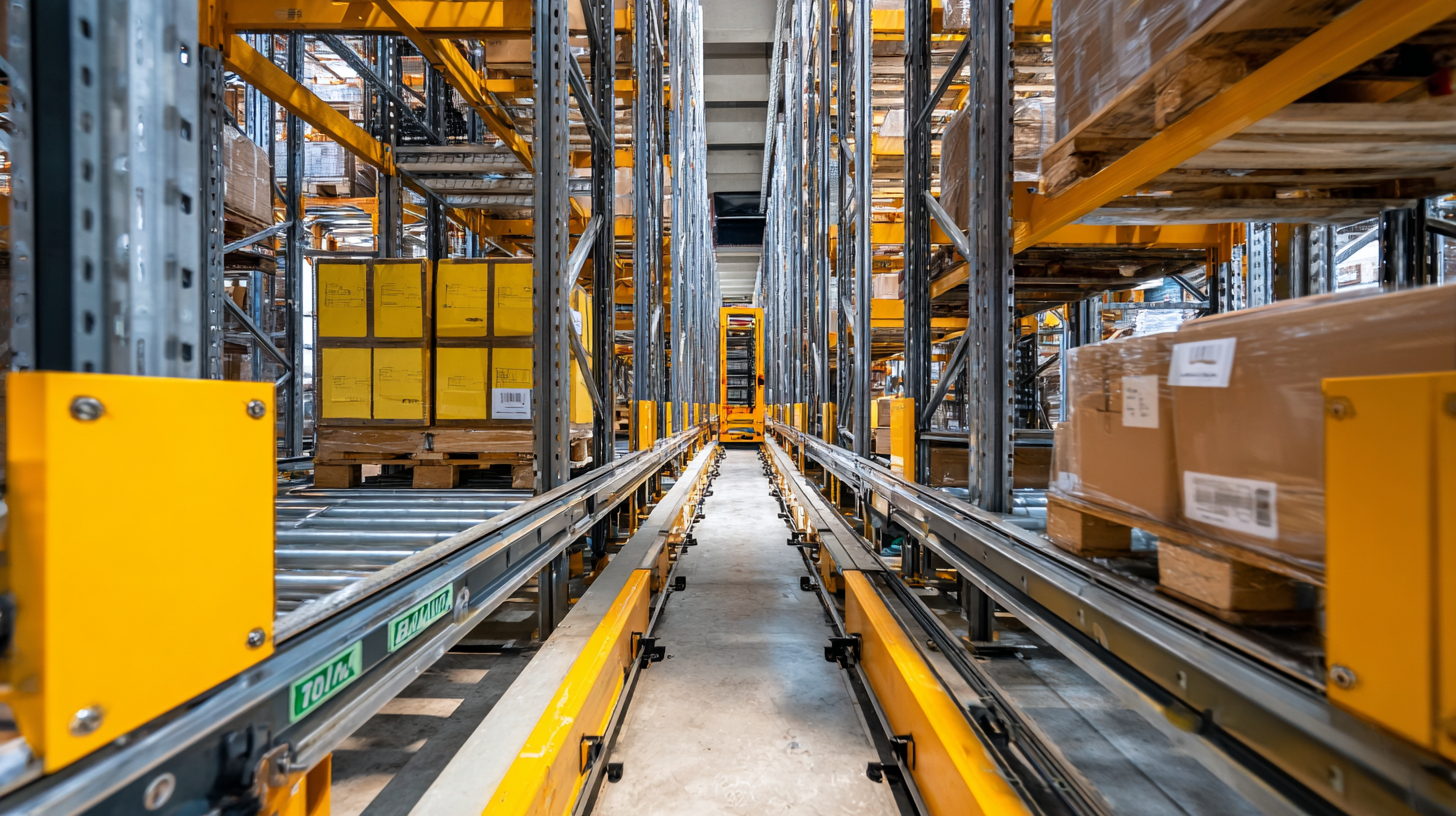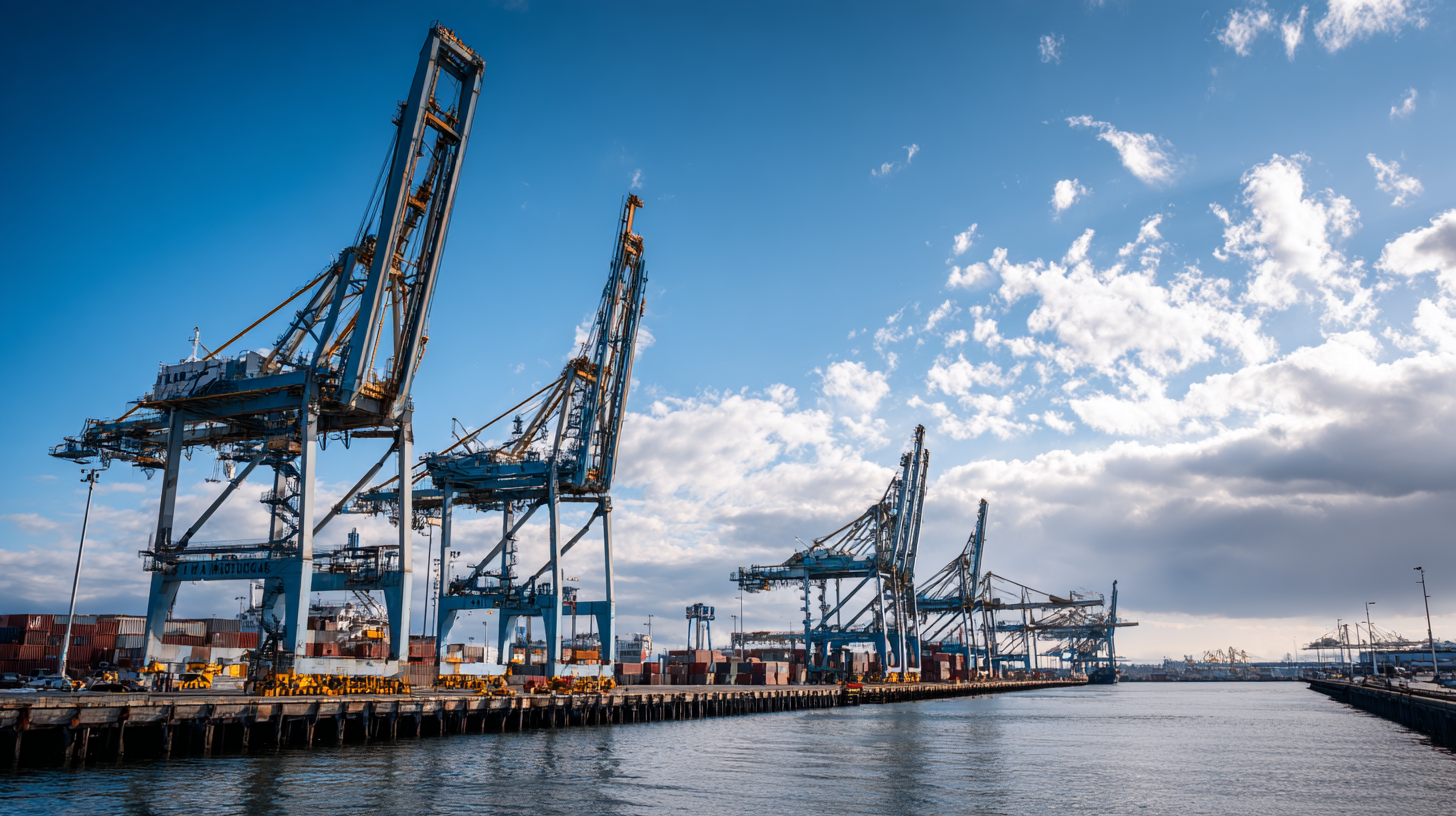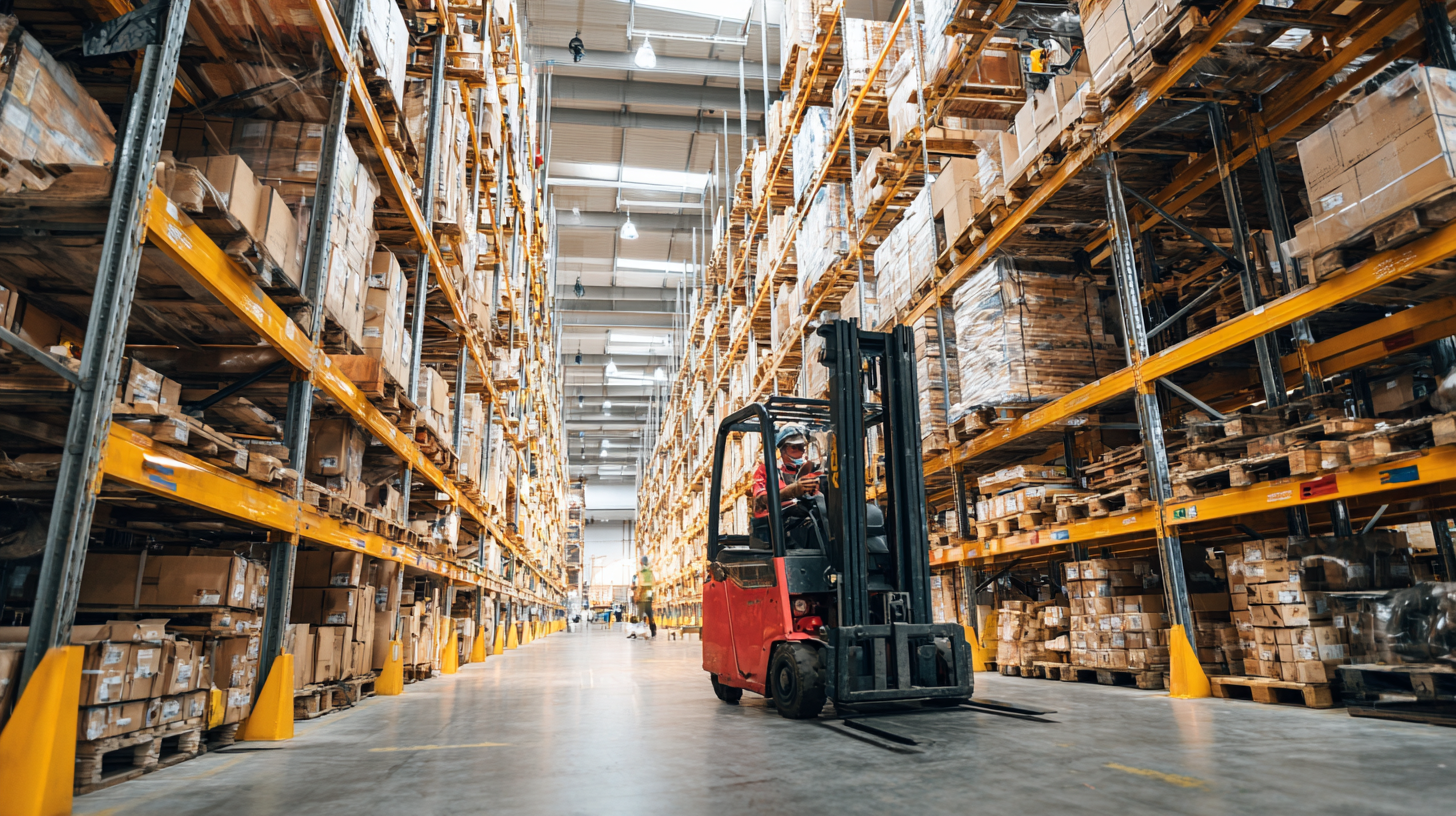Ultimate Checklist for Choosing the Best Handling Equipment in Your Warehouse Operations
When it comes to optimizing warehouse operations, selecting the right handling equipment is crucial for efficiency and productivity. With a myriad of options available, businesses must navigate through various factors, including after-sales service advantages and maintenance costs, to make informed decisions. This ultimate checklist will guide you through the essential considerations for choosing handling equipment, ensuring that you not only meet your operational needs but also secure long-term support and cost-effectiveness. Understanding how after-sales services can impact the performance of your handling equipment, alongside evaluating potential repair costs, is vital for maintaining seamless warehouse operations. Whether you're upgrading your current systems or setting up a new facility, this comprehensive approach will help you identify the best solutions tailored to your specific requirements.

Understanding the Importance of Selecting the Right Handling Equipment
Selecting the right handling equipment is crucial for the efficiency and safety of warehouse operations. The equipment you choose directly affects productivity levels, employee morale, and the overall workflow within your facility. Proper handling equipment minimizes the risk of accidents, reduces strain on workers, and ensures that goods are moved swiftly and accurately. For instance, using pallet jacks instead of manual lifting can significantly decrease the incidence of workplace injuries while speeding up the transportation of goods across the warehouse.

Furthermore, understanding your specific operational needs is key to making an informed selection. Evaluate the types of goods being handled, the volume of items moved daily, and the layout of your warehouse. Different handling equipment, from forklifts to conveyor systems, has unique capabilities suited for particular tasks. By aligning the choice of handling equipment with the specific demands of your warehouse, not only will you enhance operational efficiency, but you will also foster a safer working environment. In the long run, investing time and resources into selecting the appropriate equipment pays dividends in terms of productivity and employee well-being.
Key Features to Consider for Optimal Warehouse Efficiency
When selecting handling equipment for your warehouse operations, it's essential to focus on key features that enhance efficiency and productivity. According to a report by the Warehousing Education and Research Council (WERC), warehouses that properly utilize material handling equipment can see improvements in operational efficiency by up to 30%. Therefore, identifying equipment that meets your specific needs is crucial.
One key feature to consider is the weight capacity of the handling equipment. Overloading equipment can lead to accidents and equipment failure. A study from the Material Handling Industry of America (MHIA) indicates that proper weight distribution and equipment usage can reduce workplace injuries by as much as 50%. Therefore, investing in equipment that matches your load requirements ensures both safety and performance.
Tip: Always analyze your peak load demands and consult with manufacturers about the specifications of the handling equipment to ensure it meets your daily operational needs. Additionally, consider the accessibility and maneuverability of equipment in your warehouse layout. Efficient handling equipment should easily navigate tight spaces and narrow aisles, contributing to seamless operations while minimizing downtime.

Types of Handling Equipment and Their Specific Benefits
When it comes to warehouse operations, selecting the right handling equipment is crucial for maximizing efficiency and productivity. Various types of handling equipment serve specific purposes, each contributing uniquely to operational success. For instance, forklifts are essential for lifting and transporting heavy loads, with studies showing that they can increase warehouse productivity by up to 25%. On the other hand, pallet jacks are ideal for moving smaller loads and can reduce the risk of injury associated with manual handling.
When choosing handling equipment, it's vital to consider not just the immediate needs but also future scalability and flexibility. Here are some tips: First, evaluate the weight capacity and dimensions of your materials to select equipment that can accommodate your typical loads effectively. Second, assess the layout of your warehouse; for narrow aisles, consider equipment specifically designed for compact spaces, such as narrow aisle forklifts or reach trucks. Lastly, ensure you prioritize safety features, as equipment with built-in safeguards can significantly mitigate risks and enhance operator productivity.
In addition to choosing the right equipment, maintenance is essential for optimal performance. Regularly scheduled checks can extend the lifespan of your equipment and reduce the likelihood of breakdowns, with research indicating that proactive maintenance can cut costs by up to 30%. By investing time in selecting appropriate handling equipment and maintaining it properly, warehouses can run smoother and more efficiently.
Ultimate Checklist for Choosing the Best Handling Equipment in Your Warehouse Operations
| Type of Handling Equipment | Specific Benefits | Best Use Cases | Weight Capacity |
|---|---|---|---|
| Forklift | High maneuverability and efficiency in moving heavy loads. | Loading and unloading materials, transporting goods over long distances. | Up to 10,000 lbs |
| Pallet Jack | Cost-effective solution for transporting pallets within a warehouse. | Moving palletized loads in tight spaces. | 5,500 lbs |
| Conveyor System | Automates the movement of products, reducing manual handling. | Continuous flow of items in assembly lines or processing areas. | Variable based on design |
| Stacker | Facilitates vertical storage and space optimization. | Stacking loads in warehouses with limited floor space. | 1,600 lbs |
| Electric Tugger | Enhances efficiency in moving heavy carts or trailers. | Transporting multiple loads in large warehouses or factories. | Up to 3,000 lbs |
Cost-Effectiveness vs. Performance: Finding the Right Balance
In the fast-paced world of warehouse operations, striking the right balance between cost-effectiveness and performance is crucial. According to a recent report by McKinsey, companies can see up to a 20% reduction in operational costs by choosing the right handling equipment while maintaining or even enhancing productivity levels. This emphasizes the need to not only evaluate the initial investment of handling equipment but also consider long-term operational expenses and potential productivity gains.
Performance metrics are equally vital. A study conducted by the Warehousing Education and Research Council (WERC) found that investing in high-performance equipment can increase throughput by as much as 30%, significantly impacting overall efficiency. By utilizing technology such as automated guided vehicles (AGVs) and state-of-the-art rack systems, warehouses can achieve greater accuracy in inventory management and faster order fulfillment times. Ultimately, the key lies in aligning the chosen handling equipment with specific operational needs, ensuring that cost-effectiveness does not come at the expense of performance.
Safety Considerations in Choosing Handling Equipment for Your Warehouse
When selecting handling equipment for warehouse operations, safety considerations should be at the forefront of decision-making processes. According to the Occupational Safety and Health Administration (OSHA), more than 20% of workplace injuries occur in the warehousing sector, indicating the critical need for reliable and safe equipment. Investing in the right handling solutions not only protects employees but also enhances overall operational efficiency. For example, utilizing ergonomic lift assists can reduce back injuries by up to 50%, creating a more productive workforce.
Additionally, equipment such as forklifts and pallet jacks should be evaluated for their safety features. The Industrial Truck Association reports that improper use of forklifts results in about 34,000 injuries annually in the U.S. Hence, it's vital to choose models equipped with advanced safety mechanisms, such as stability systems and automatic shut-off features, to mitigate risks. Furthermore, regular maintenance and a clear training protocol are indispensable components of a safety-centric approach to handling equipment. By prioritizing safety, businesses can significantly reduce operational disruptions and foster a culture of well-being within their warehouse environments.
